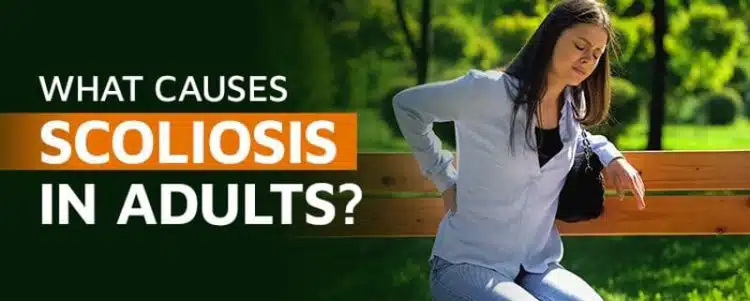

What Causes Scoliosis in Adults?
Many people consider scoliosis an adolescent disorder, adults can also develop it.
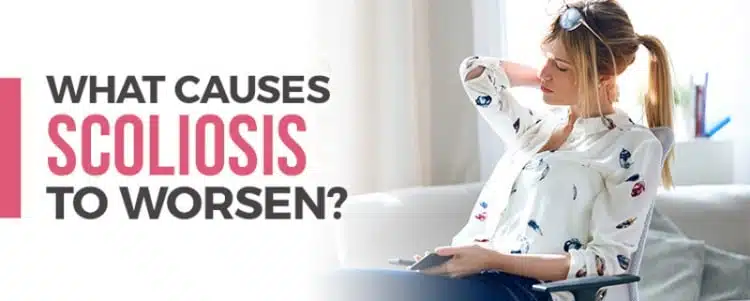

What Causes Scoliosis to Worsen?
What causes scoliosis to worsen? Although we can’t predict how much a patient’s scoliosis will progress, we do know certain triggers and patterns of progression to monitor.
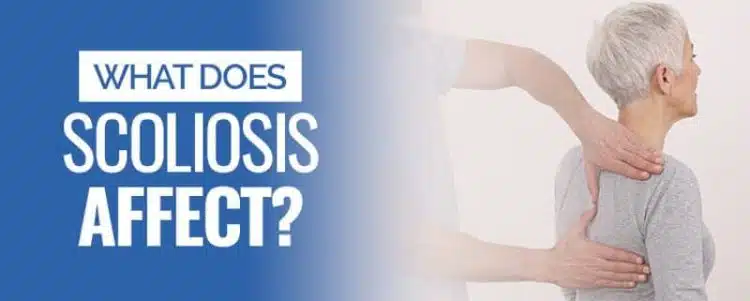

What Does Scoliosis Affect?
What does scoliosis affect? Although scoliosis is a spinal deformity, its effect
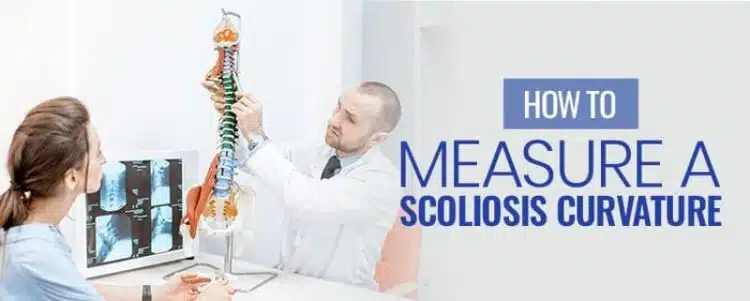

How to Measure a Scoliosis Curvature
This article will address how to measure scoliosis curvature with a measurement
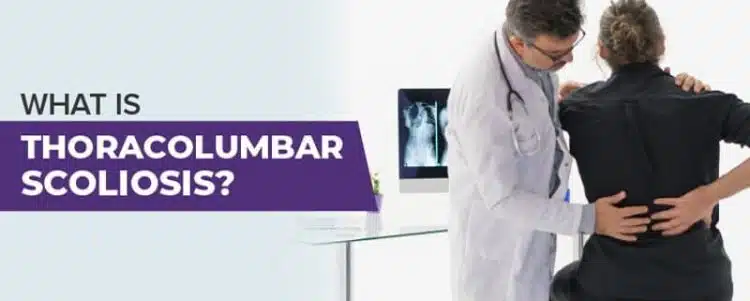

What is Thoracolumbar Scoliosis?
Scoliosis can develop anywhere along the spine. This article will explain what is Thoracolumbar Scoliosis and how it is classified.
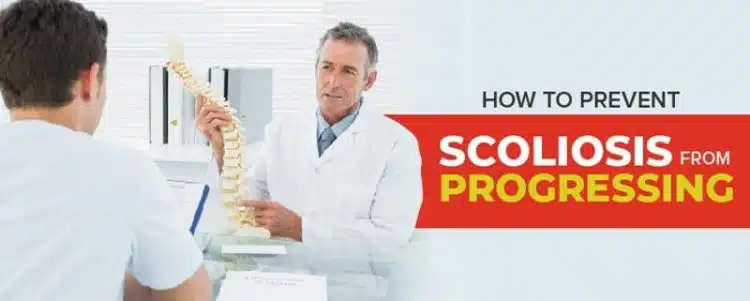

How to Prevent Scoliosis from Progressing
This article will cover: how to prevent scoliois from progressing and common myths about scoliosis.
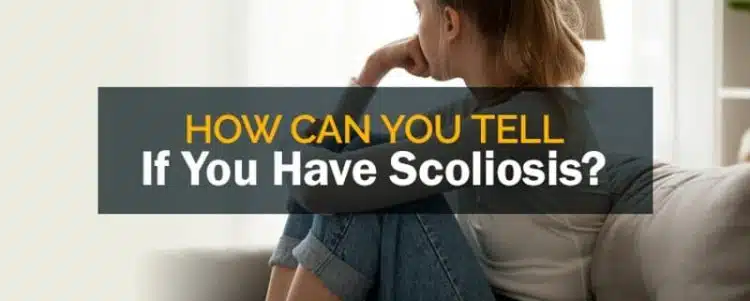

How Can You Tell if You Have Scoliosis?
As the leading cause of spinal deformity in school-aged children in the United States, many ask: how can you tell if you have scoliosis.
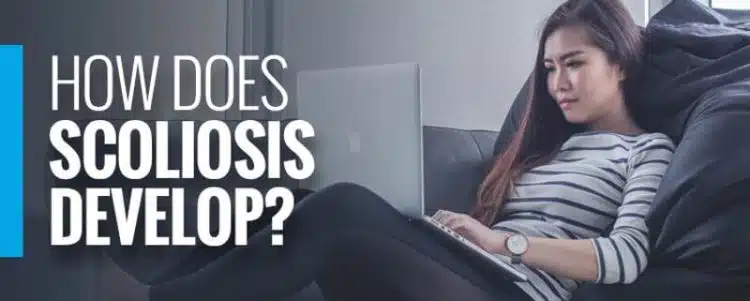

How Does Scoliosis Develop?
As we explore the different forms of scoliosis and its progression, this article will also address the question: how does scoliosis develop?
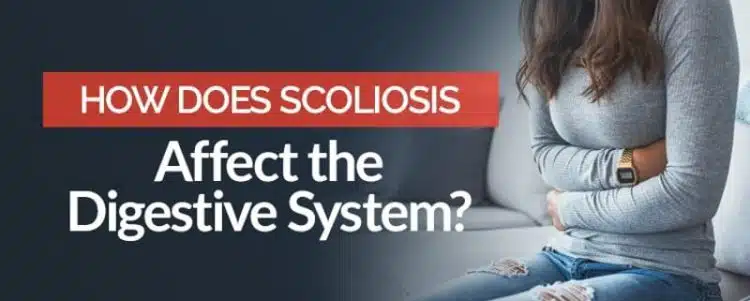

How Does Scoliosis Affect the Digestive System?
To better understand the question, how does scoliosis affect the digestive system, we need to also understand the role of the spinal cord.
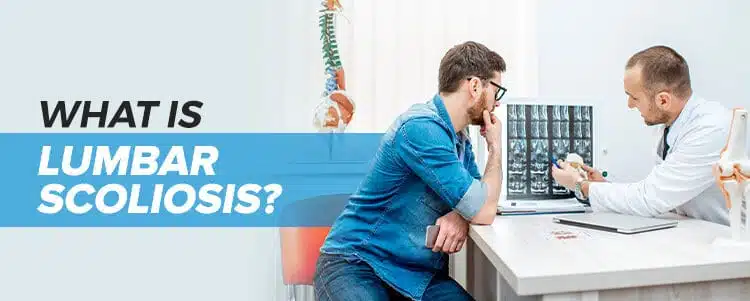

What is Lumbar Scoliosis?
Scoliosis is a condition that varies greatly from patient to patient and can take many forms.
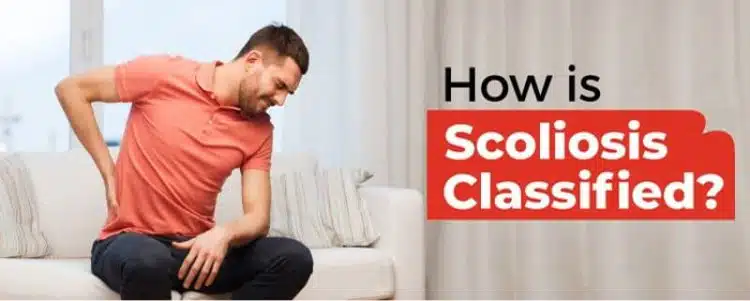

How is Scoliosis Classified?
Classifying a patient’s medical condition is not just for the medical professionals, it’s also for the patient’s benefit.
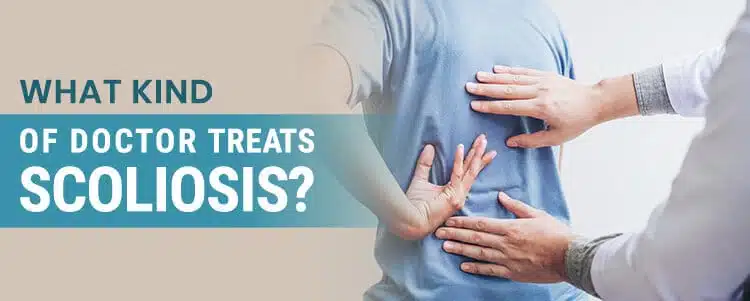

What Kind of Doctor Treats Scoliosis?
When it comes to finding a doctor to treat scoliosis, it’s important to know what kind of doctor treats scoliosis.
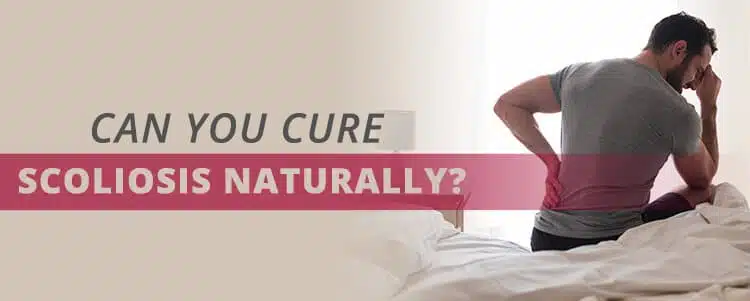

Can You Cure Scoliosis Naturally?
Over the years, the medical community has expanded to embrace a number of alternative treatment options.
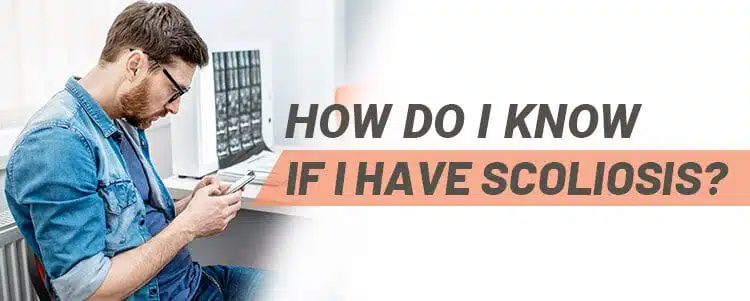

How Do I Know If I Have Scoliosis?
How do I know if I have scoliosis? There are different ways to get the answers you’re looking for.
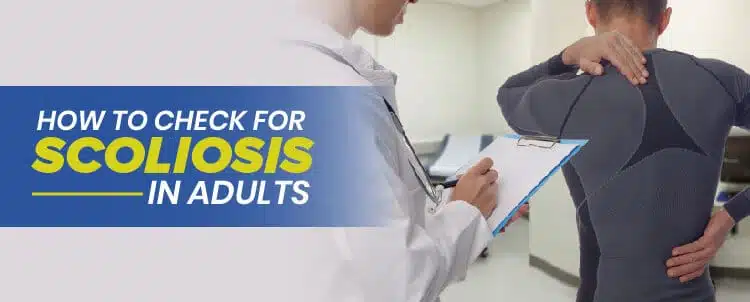

How to Check for Scoliosis in Adults
Although scoliosis is more common in adolescents, this article covers how to check for scoliosis in adults.
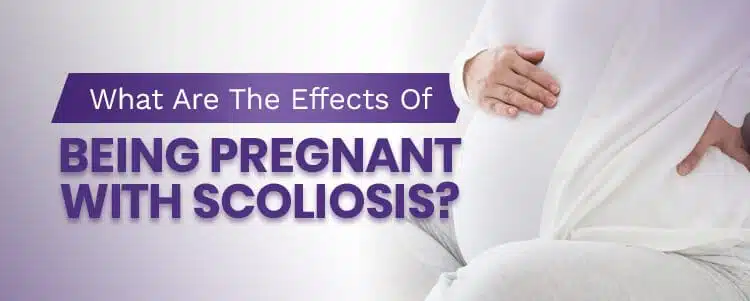

What are the Effects of Being Pregnant with Scoliosis?
When any woman gets pregnant, there are risks involved. Let’s read what are the effects of being pregnant with scoliosis, and treatment options.


Can Scoliosis Cause Legs to Collapse While Standing?
The importance of seeking treatment for scoliosis is important. This article will seek to answer the question.
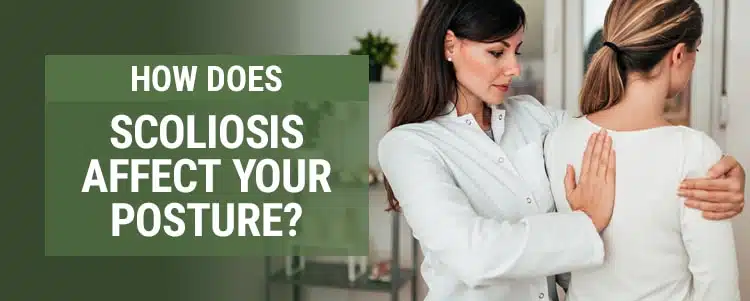

How Does Scoliosis Affect Your Posture?
Scoliosis can affect posture in different ways. This article will answer the question of how does scoliosis affect your posture.
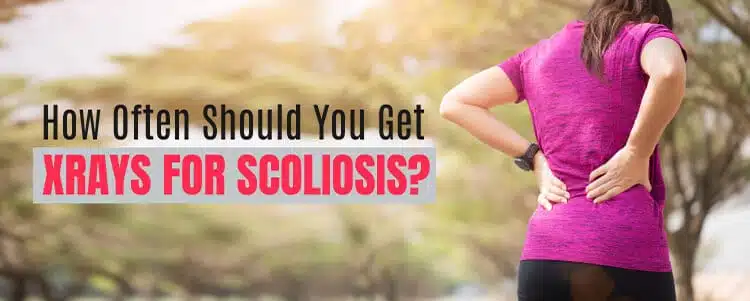

How Often Should You Get X-Rays For Scoliosis?
Scoliosis is an unpreventable progressive condition. In treatment terms, that means monitoring the condition’s rate of progression is important and X-rays are a vital part of that monitoring process.